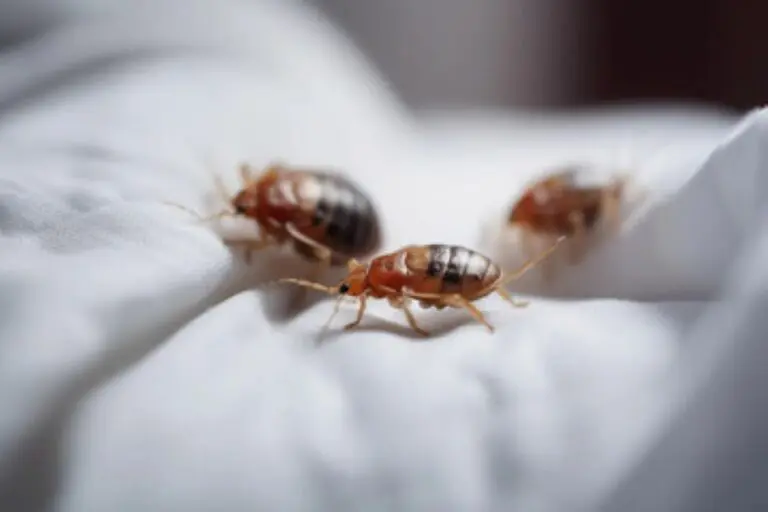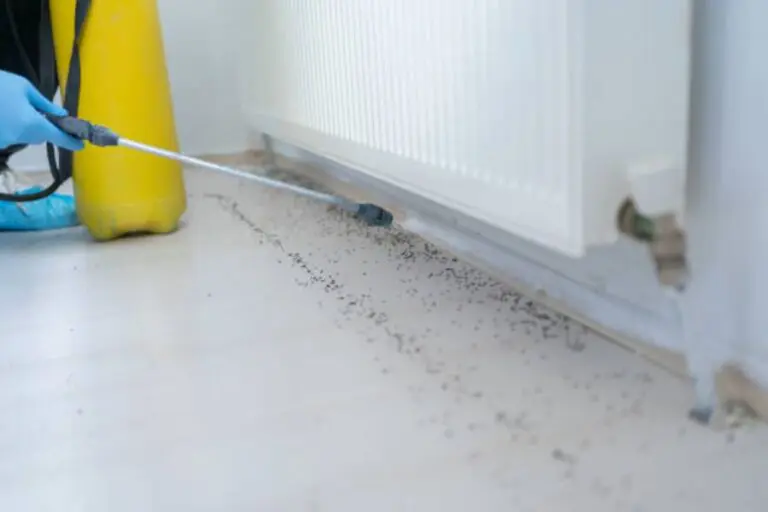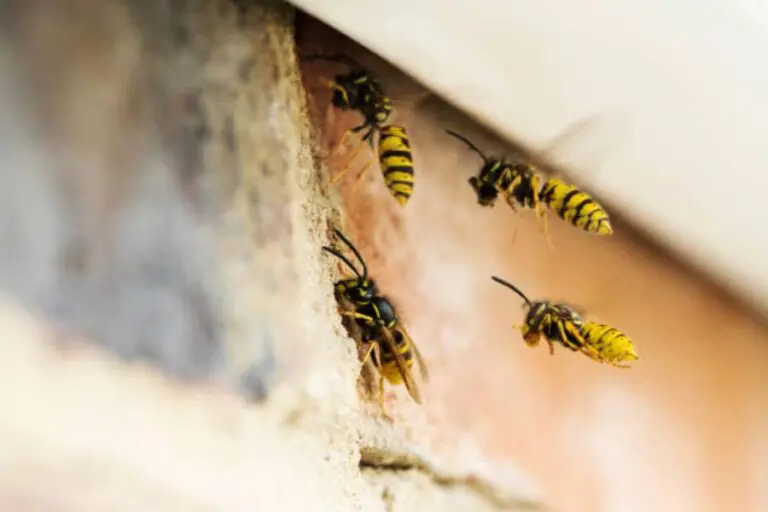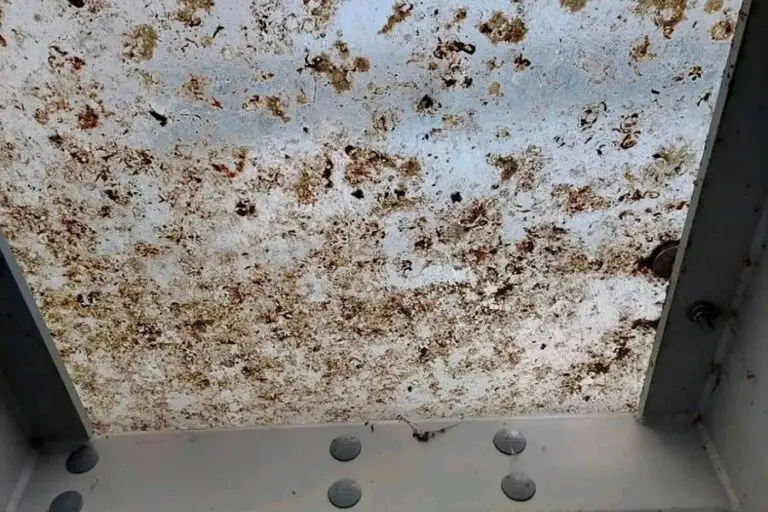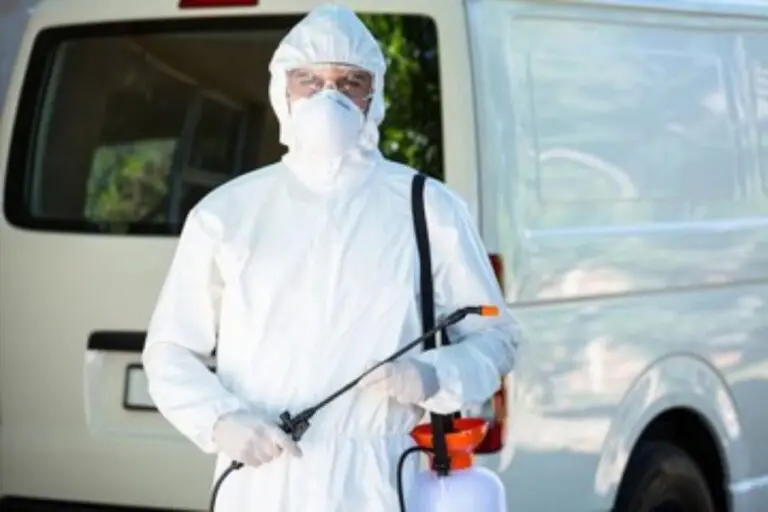The Life Cycle of a Bee: From Tiny Egg to Adult
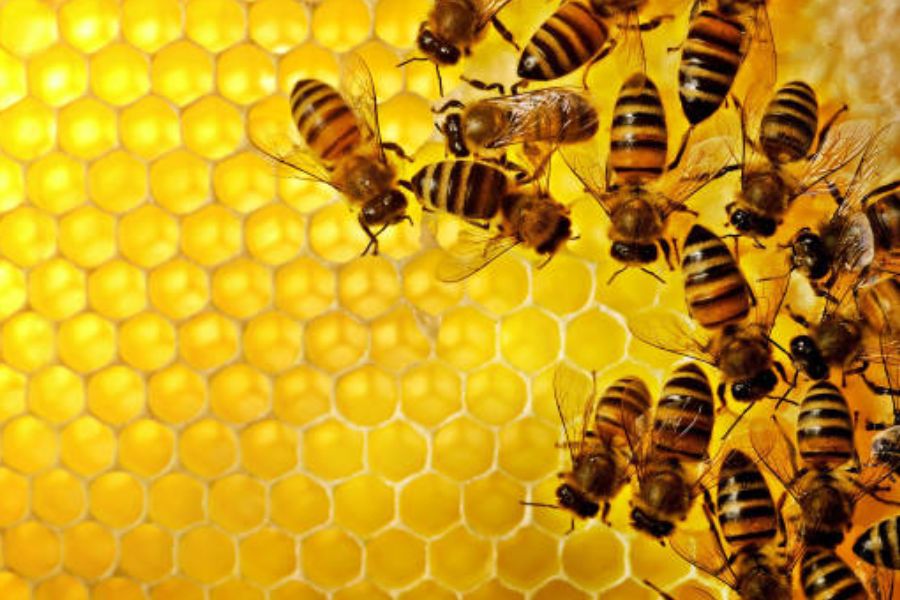
What are the Life Cycle of a Bee Stages?
The journey of a bee from an egg to an adult is a captivating process that showcases their complexity and adaptability. Each stage of the bee’s life cycle plays a significant role in developing a functional hive.
Egg Stage: The queen bee, the only fertile female in the colony, lays eggs in hexagonal honeycomb cells. These eggs are tiny, white, and oval-shaped, and their placement within the hive dictates the bee’s future role. Worker bees (female non-reproductive bees) tend to these eggs, ensuring they’re warm and protected.
Larva Stage: Within a few days, the eggs hatch into larvae, which are legless, white, and resemble tiny grains of rice. During this stage, they are cared for intensively by nurse bees, who feed them royal jelly, a protein-rich substance produced by worker bees, for the first few days of life. As they grow, their diet may shift depending on their caste; worker larvae and drone larvae switch to a diet of honey and pollen, while a future queen continues to be fed royal jelly exclusively.
Pupa Stage: The transformation from larva to adult bee occurs within a sealed cell. Worker bees cap the cells with beeswax, creating an enclosed space where the pupa undergoes metamorphosis. Inside the cocoon-like environment, the pupa transforms, developing wings, legs, eyes, and other essential body structures.
Adult Stage: Once fully developed, the adult bee chews its way out of the wax cap and emerges ready to assume its role. Worker bees may take on various tasks, from nursing larvae and building comb to foraging for pollen and nectar. Each adult bee’s role is dictated by its caste, with worker bees performing all colony maintenance, drones solely existing for mating, and the queen dedicating her life to laying eggs.
Bee Reproduction and Colony Structure
The queen is the heart of the colony, responsible for producing all future generations of bees. Her reproductive capabilities allow her to lay thousands of eggs during peak seasons, replenishing the population and ensuring the colony’s resilience.
Queen Bee’s Mating Ritual: Early in her life, the queen embarks on a mating flight, during which she mates with multiple drones. This one-time flight allows her to gather enough sperm to last her lifetime, stored in her spermatheca. By controlling whether an egg is fertilised, she determines the sex of each bee. Fertilised eggs become females (workers or future queens), while unfertilised eggs develop into males (drones).
Role of Drones: Drones, the male bees of the hive, exist solely to fertilise a queen from another colony. They lack stingers and foraging abilities, relying entirely on the colony for sustenance. After mating, drones die, fulfilling their biological purpose. Those who don’t mate may be expelled from the hive at the season’s end.
Worker Bees: Worker bees are females that make up the hive’s workforce. They perform a wide array of tasks throughout their short lives, including nursing larvae, building comb, foraging for pollen and nectar, and defending the hive. Their versatility and industrious nature are what keep the colony functioning smoothly.
The Intricate Mating Process of Bees
The mating process is crucial for the continuation of the colony and occurs through a series of precise steps:
Nuptial Flight: The young queen leaves the hive in a spectacular “nuptial flight” where she attracts drones using pheromones. The flight often occurs high in the sky, allowing only the fittest drones to reach her.
Mating in Mid-Air: Once drones reach the queen, each drone mates with her in rapid succession. During mating, the drone deposits sperm into the queen’s body. After each successful mating, the drone dies, and the queen continues her journey until she’s collected enough sperm to last her lifetime.
Return to the Hive: After mating, the queen returns to the hive and begins her role as the primary egg layer, using the stored sperm to fertilise eggs as needed. This store of sperm allows her to lay thousands of eggs over several years without needing to mate again.
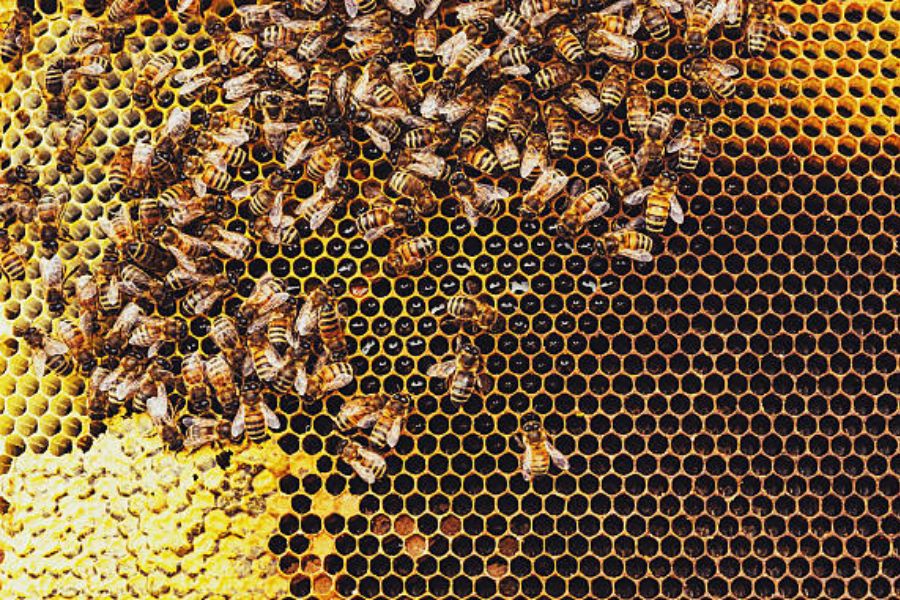
Life Span of Bees and Factors That Influence It
The lifespan of a bee depends on its role and environmental factors:
Queen Bee: The queen’s lifespan can extend up to five years, although most live for around two to three years. Queens may be replaced by the hive once their egg-laying capabilities decline, ensuring the hive’s continued growth.
Worker Bee: Worker bees, which experience the most wear and tear due to their intense workload, live only a few weeks in the summer. Winter worker bees, however, can survive for several months as they must maintain the hive’s warmth and care for the queen.
Drone Bee: Drones have the shortest lifespan, typically living only a few weeks. They are expelled from the hive once the mating season ends, as their presence becomes a drain on the colony’s resources.
External factors such as food availability, environmental temperatures, and exposure to pesticides or predators can all affect bee longevity. Worker bees, in particular, face constant challenges as they gather food and defend the hive.
Bees’ Role in Pollination and Ecosystem Health
Bees are pollinators, meaning they transfer pollen from flower to flower while foraging for nectar, facilitating plant fertilisation. This process is critical for the reproduction of many plants, including food crops like fruits, vegetables, and nuts. Nearly one-third of the food we consume relies on bee pollination. Without bees, the diversity and availability of many foods would decrease dramatically.
The pollination activities of bees extend beyond human agriculture, supporting wild plant growth and the animals that depend on these plants for food and shelter. In this way, bees are key players in maintaining biodiversity and ensuring the resilience of ecosystems worldwide.
Bee Conservation: Protecting an Essential Species
The decline in bee populations poses a serious threat to global biodiversity and food security. Factors contributing to their decline include habitat loss, pesticide use, climate change, and disease.
Conservation efforts focus on creating bee-friendly environments by planting wildflowers, reducing pesticide use, and protecting natural habitats. Supporting beekeeping practices and sustainable agricultural methods also helps ensure bee populations thrive. Raising awareness about bees’ importance and advocating for protective measures can significantly impact the survival of these essential pollinators.
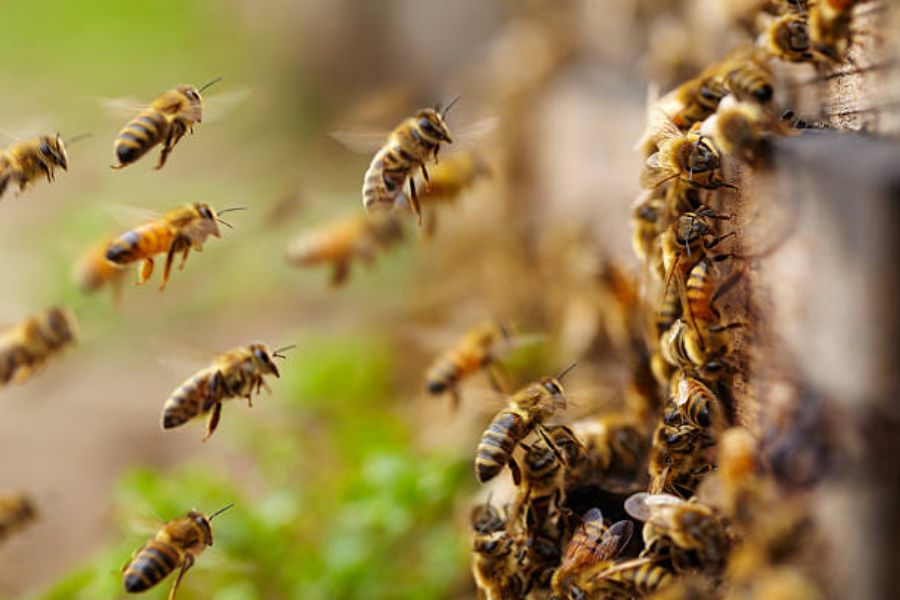
What do bees eat?
Bees consume nectar and pollen, with nectar providing energy and pollen serving as a protein source for growth. Worker bees collect these resources, transforming nectar into honey to sustain the hive during winter.
Do bees sleep?
Yes, bees have sleep cycles, usually resting at night. During these periods, they remain relatively motionless, conserving energy for their active foraging and hive maintenance tasks.
Can bees sting more than once?
Worker bees can sting only once, as their stinger becomes lodged in the skin and detaches upon stinging. This leads to the bee’s death. However, queens have smooth stingers and can sting multiple times, though they primarily use them to establish dominance over other queens.
How do bees communicate?
Bees communicate through a “waggle dance” to share the location of food sources. The angle and duration of the dance convey information about the distance and direction of flowers, enabling other bees to locate resources efficiently.
What role do bees play in the food chain?
Bees are essential pollinators in the food chain, supporting plant growth and producing seeds that sustain numerous animal species. By ensuring plant reproduction, bees contribute to the entire ecosystem’s stability.
Are bees aggressive?
Bees are generally non-aggressive and only sting in self-defence. Worker bees protect the hive from perceived threats, but most bees avoid confrontation and will only sting if they feel their hive is in danger.
The life cycle of a bee is a journey filled with unique and highly organised stages that showcase bees’ complexity and adaptability. From the dedication of worker bees to the queen’s reproductive prowess, each bee’s role is critical to the hive’s success. As one of nature’s most important pollinators, bees contribute enormously to biodiversity and the sustainability of food sources, making their protection a global priority.
Bee conservation is not only essential for their survival but also crucial for preserving ecosystems and food security. By understanding the intricacies of bee life and supporting practices that protect them, we contribute to a healthier, more sustainable planet.
So, as you observe a bee diligently moving from flower to flower, remember the intricate life cycle and the vital role these creatures play in the broader ecosystem. The survival of bees is integral to our survival, and by embracing conservation efforts, we can ensure that these remarkable creatures continue to thrive.

